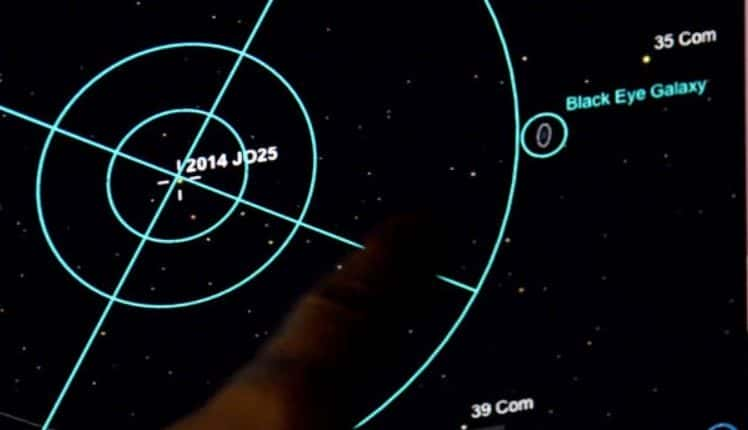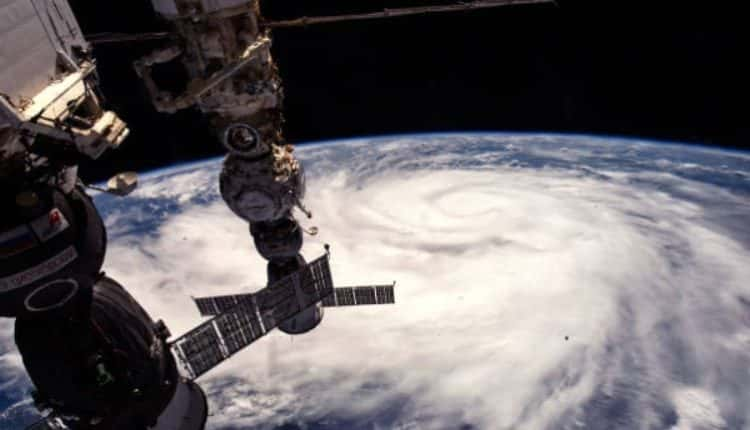
In the vast expanse of our solar system, Earth is constantly under the watchful eyes of NASA space experts who diligently monitor near-Earth asteroids, potential harbingers of destruction.
Recent findings from the European Space Agency reveal that out of the 600,000 asteroids between Mars and Jupiter, a significant 20,000 have ventured beyond the central belt and inched closer to Earth’s orbit.
Navigating the Cosmos
This discovery prompts a crucial responsibility for scientists worldwide as they endeavor to identify and track these asteroids to mitigate any potential risks of collision with our planet.
With 600,000 asteroids in the central belt and 20,000 drifting toward Earth’s orbit, the scale of the challenge becomes evident.
The European Space Agency highlights the necessity for constant surveillance to assess any trajectory that could lead to a collision with Earth.
The diligence of scientists plays a pivotal role in safeguarding our planet against potential celestial threats.
Astronomers estimate that a staggering 48.5 tons of space rock falls to Earth daily, with smaller rocks, those under 82ft, typically burning up in the atmosphere and causing minimal damage.
However, the genuine concern lies in larger asteroids that, upon impact, can have catastrophic consequences.
The heightened risk underscores the urgency for continuous monitoring and proactive measures to avert potential disasters.
Space.com emphasizes the potentially catastrophic consequences of asteroid impacts, drawing attention to the extinction event 66 million years ago when a giant asteroid strike wiped out 80% of plant and animal species, including dinosaurs.
Learning from history, space agencies globally remain committed to identifying and tracking potential threats to prevent such calamities in the future.
Read more: New York City Voters Overwhelmingly Concerned About Accommodating Migrant Surge
NASA: Threats of Near-Earth Asteroids

“Near-Earth asteroids” refers to space rocks within 120 million miles of the Sun, bringing them close to Earth’s orbit.
Among the plethora of near-Earth asteroids, scientists highlight two with significant attention.
The first is the 1,100-foot-wide asteroid Apophis, which is expected to pass within 19,000 miles of Earth on April 13, 2029.
While scientists assure it won’t collide with Earth for at least 100 years, its proximity demands careful observation. The second, 1,600ft-wide Bennu, poses a potential threat in 2182, although astronomers believe the risk is at least a century away.
Despite the enormity of the challenge, space agencies express confidence in their technological capabilities to deflect any direct threats to Earth.
The continuous advancement of technology and ongoing research contribute to our ability to anticipate, monitor, and potentially mitigate the impact of near-Earth asteroids.
The relentless efforts of space experts in monitoring the trajectories of near-Earth asteroids underscore humanity’s commitment to protecting our planet from potential cosmic threats.
As technology evolves and our understanding of these celestial bodies deepens, the ongoing vigilance of scientists ensures that we remain prepared for any future challenges posed by the enigmatic wanderers in our cosmic neighborhood.
Read more: New York Eyes Non-Compete Ban: What It Means For Employers And Employees

